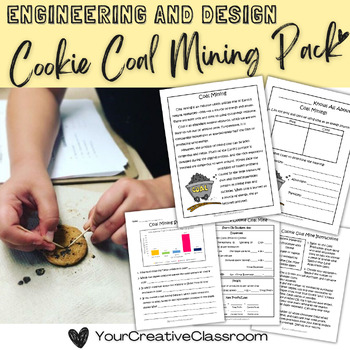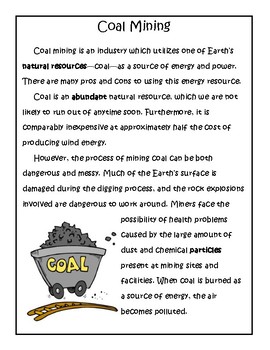Cookie Coal Mining Activity Pack
- PDF
Description
*Science*Math*Reading*
With this pack, your students will learn about coal and its significance as a natural resource. Resources include a reading and response activity, interpreting data about US state's coal production, and finally a hands-on mining experience in which students will create a financial plan for their own mining excursion (in a cookie)!
Pages Included:
-Informational passage: About Coal Mining
-Comprehension response: pros and cons; determine the meaning of words
-Interpreting data—US State’s mining statistics bar graph
-Additional graph reference sheets
-Cookie Coal Mine activity instructions
-Cookie Coal Mine financial planning sheet
-Answer Keys
Learning Concepts:
Science—Engineering and Design; interpreting data
Math—addition; subtraction; multiplication; interpreting data
Reading—Comprehension; determine meaning using context clues




